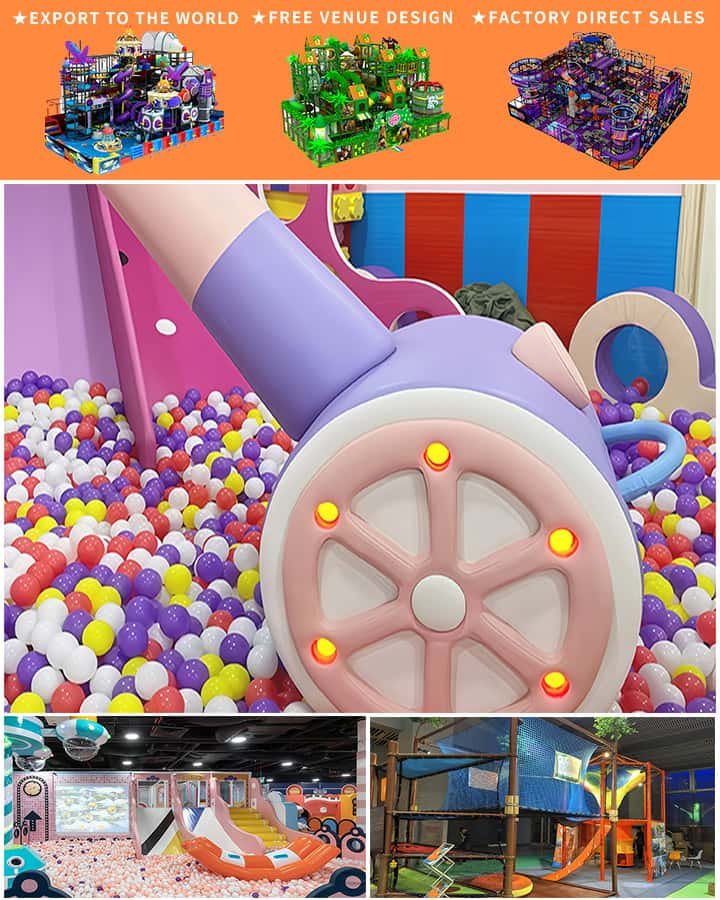The concept of an inside playground for kids is both fascinating and essential in today’s fast-paced world. With increasing urbanization and unpredictable outdoor weather, parents and educators are looking for safe, stimulating environments that cater to children’s physical and cognitive development indoors. Here are key elements to consider when designing the ultimate inside playground for kids.
Safety First
Safety should always be the top priority in any play area designed for children. This involves ensuring that all equipment is age-appropriate and adheres to safety standards. Soft flooring materials such as rubber mats can help prevent injuries from falls. Additionally, the layout should be spacious enough to avoid overcrowding, reducing the risk of collisions among active children.
Educational Elements
An effective inside playground should not only be fun but also educational. Incorporating elements that stimulate learning can transform playtime into a valuable experience. Interactive walls with puzzles, alphabet charts, or chalkboard surfaces encourage kids to think while they play. Science-themed zones with simple experiments can spark curiosity and introduce basic concepts in an engaging manner.
Physical Activity Zones

To keep children physically active, an inside playground must include various activity zones. Climbing structures, slides, and balance beams are excellent for developing motor skills and coordination. Setting up a mini obstacle course or a designated jumping area ensures kids get ample exercise without needing to step outside.
Creative Corners
Creativity is crucial for a child’s development, and an inside playground provides the perfect opportunity to nurture it. Designate areas equipped with art supplies like crayons, markers, and paper, or even a small stage with costumes and props for imaginative play. These creative corners allow children to express themselves and develop problem-solving skills through pretend play.
Sensory Integration
Children with sensory processing issues can particularly benefit from sensory-rich play environments. Incorporate sensory integration activities such as textured climbing walls, sand pits filled with colorful sand, or water play tables. These experiences not only provide sensory stimulation but also help in improving attention and behavioral regulation.
Social Interaction Spaces
Social skills are as important as physical and mental development, making social interaction zones vital in an inside playground. Comfortable seating areas where children can gather for storytime or group games foster cooperation and communication. Interactive digital installations like touch screens can also facilitate social learning in a tech-savvy manner.
Maintenance and Hygiene
Maintaining cleanliness is paramount in a shared indoor space. Regularly disinfect high-touch surfaces and ensure proper ventilation. Having hand sanitizing stations accessible throughout the playground promotes good hygiene practices among children and caregivers alike.
Parental Involvement
Parents and guardians often seek places where they can engage with their children. Dedicated areas for parental participation, such as reading nooks or interactive exhibits that involve both adults and kids, enhance the overall experience and strengthen family bonds.
Conclusion
Designing the ultimate inside playground for kids involves a blend of safety, education, physical activity, creativity, sensory exploration, and social engagement. By considering these elements, we create enriching environments that support comprehensive child development while providing a haven for fun and learning, regardless of the weather outside.




